Debris And Destiny: How Asteroid Strikes Shape Planetary Futures
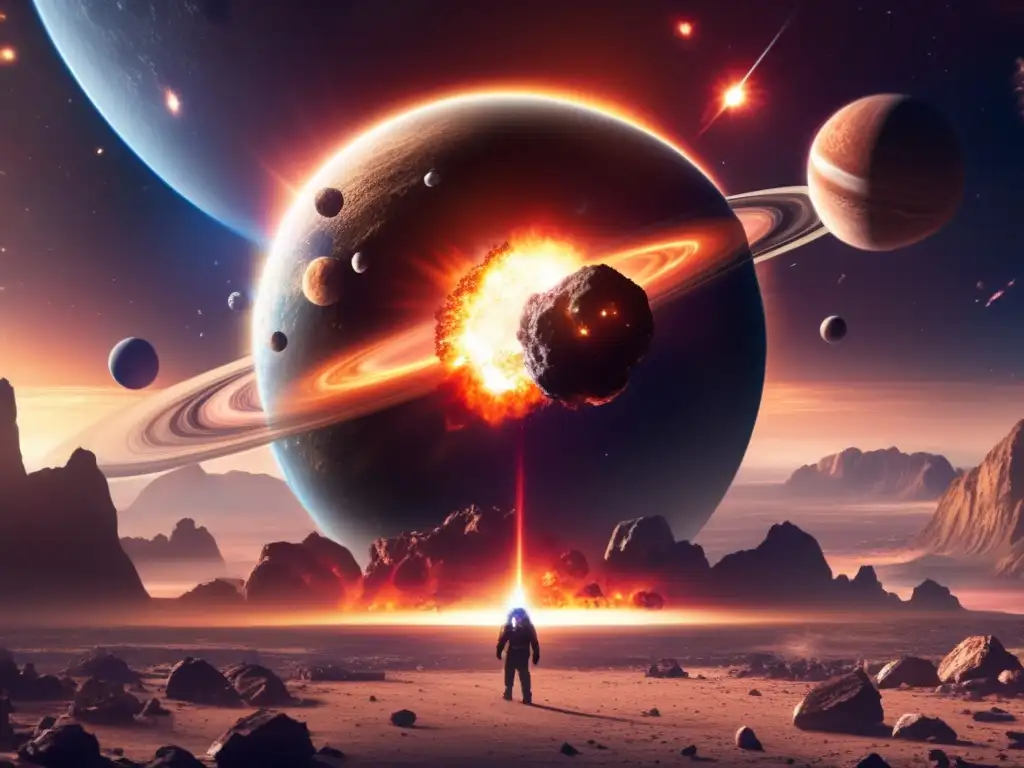
Introduction
Asteroid impacts have been shaping the destiny of planets for billions of years. These collisions have caused mass extinctions, created large impact craters, and altered the climate of the Earth and other planets. The study of asteroid impacts is essential to understanding the history and future of our solar system.
The Impact Process
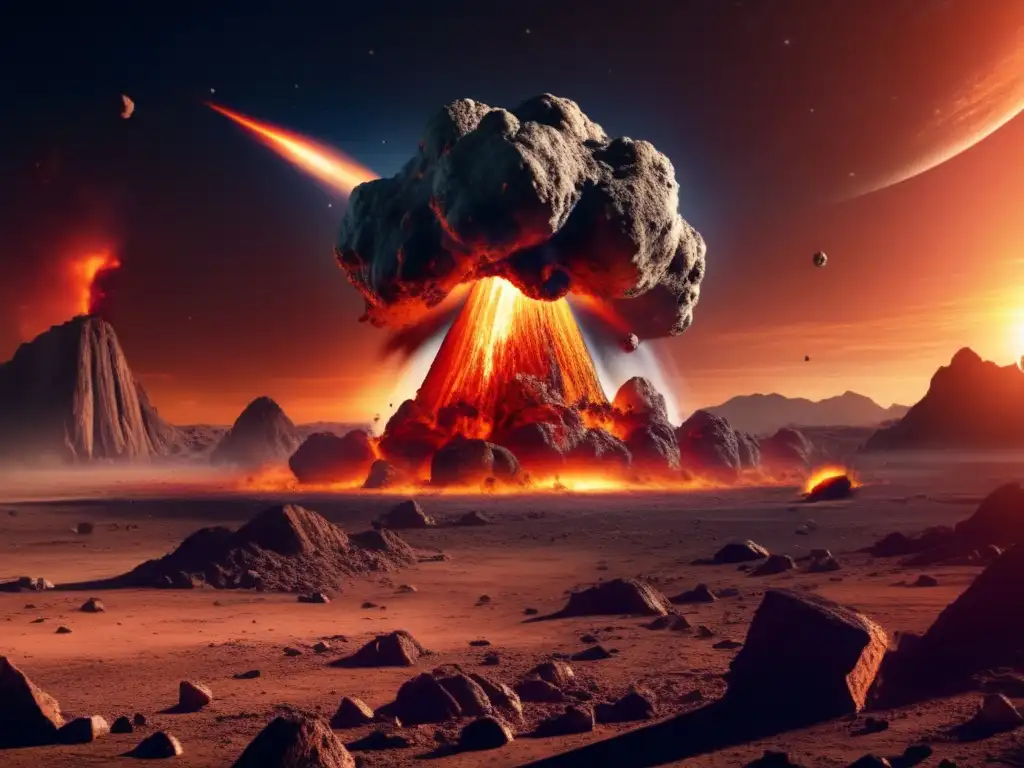
Impacts and Debris
When an asteroid collides with a planet, it releases a tremendous amount of energy that vaporizes the asteroid as well as the impacted area of the planet. This energy creates a shock wave that spreads through the planet's crust, causing massive earthquakes and tsunamis.
The debris from the impact can also cause significant damage. The ejected material can form a cloud around the planet, blocking sunlight and causing a global cooling effect. Additionally, larger pieces of debris can fall back to the planet's surface, causing secondary impacts and further destruction.
Crater Formation
One of the most visible results of an asteroid impact is the formation of a crater. When an asteroid collides with a planet, it creates a circular depression in the ground that can range in size from a few meters to hundreds of kilometers.
The size of the crater depends on the size of the asteroid, its speed, and the type of material in the impacted area. Larger asteroids create larger craters, and softer materials like sedimentary rock are more likely to be eroded by the impact. The angle of impact also affects the size and shape of the crater.
Impact Effects
The effects of an asteroid impact are far-reaching and can be felt for millions of years. Mass extinctions, like the one that killed the dinosaurs, are one of the most dramatic examples of the consequences of asteroid impacts.
Other impacts can alter the climate of a planet or cause significant damage to infrastructure. For example, the Tunguska impact in 1908 flattened over 2,000 square kilometers of forest in Siberia.
Asteroid Defense

NASA's Planetary Defense Strategy
NASA has developed a planetary defense strategy to protect against asteroid impacts. The strategy includes identifying and tracking potentially hazardous asteroids, improving our understanding of their properties, and developing methods to deflect or destroy them.
One method under consideration is using a kinetic impactor to deflect an asteroid off its course. This involves sending a spacecraft to collide with the asteroid at high speed, changing its trajectory enough to miss the planet.
Challenges to Asteroid Defense
Despite the efforts of NASA and other organizations, there are still many challenges to defending against asteroid impacts. One challenge is detecting all potentially hazardous asteroids, as some are too small to be seen by current telescopes.
Another challenge is developing effective methods for deflecting asteroids, as the technology required is still in the experimental phase. Additionally, there is currently no international agreement on how to respond to a potential asteroid impact, which could delay or complicate any response.
Future Impacts
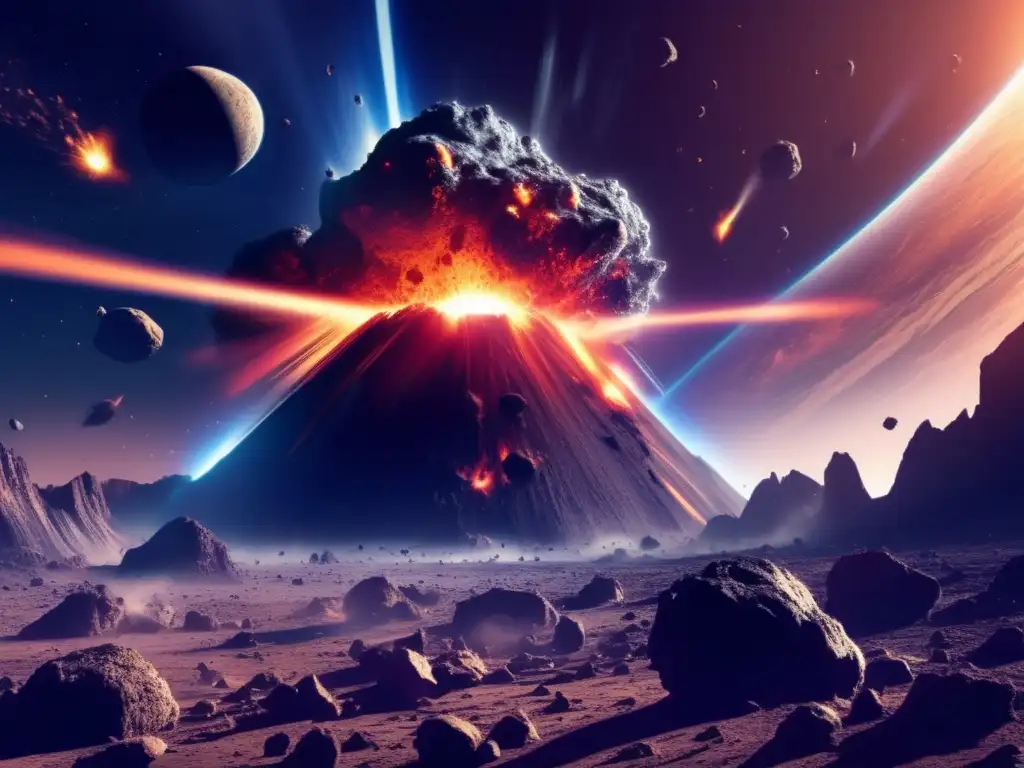
Potential Impacts on Earth
Although the probability of a large asteroid impact in the near future is low, it is important to continue monitoring potentially hazardous asteroids and developing ways to defend against them. In 2013, a meteor exploded over Chelyabinsk, Russia, causing extensive damage and injuring over 1,500 people.
While the Chelyabinsk meteor was relatively small, it demonstrated the potential for even larger impacts in the future. In 2019, a study estimated that there is a 1 in 7,000 chance that an asteroid larger than 100 meters will impact Earth in the next hundred years.
Potential Impacts on Other Planets
Asteroid impacts are not limited to Earth. There is evidence of past impacts on other planets and moons in our solar system, and future impacts are likely. These impacts can have a significant impact on the planet's climate, geology, and potential for life.
Frequently Asked Questions
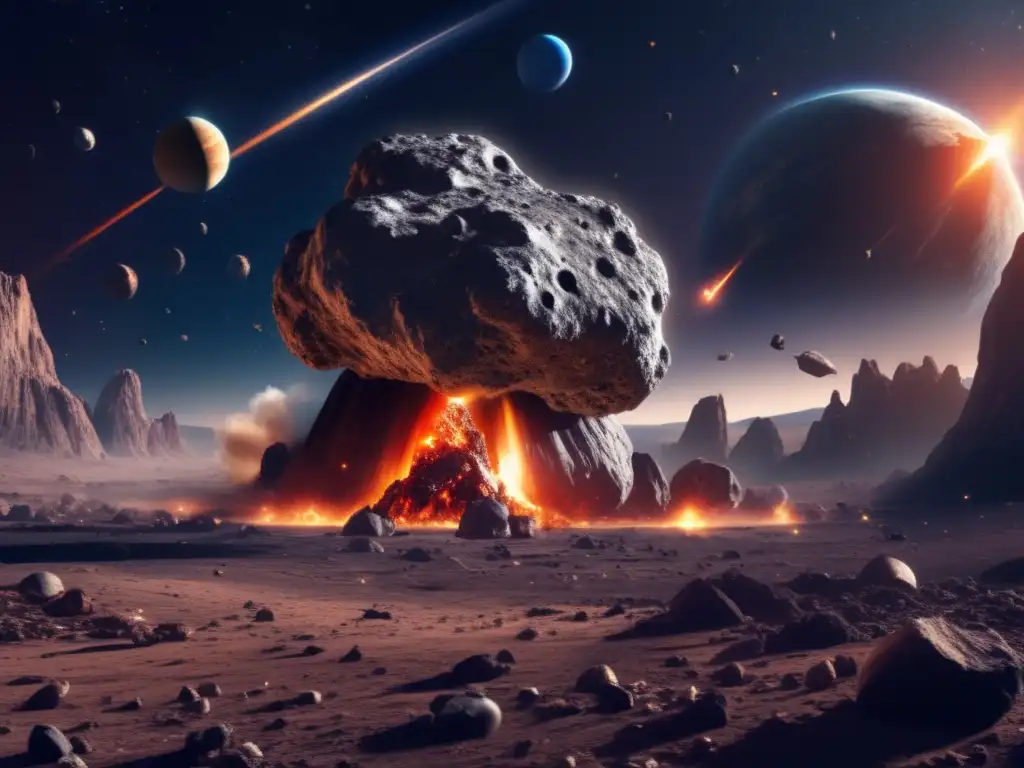
-
Can asteroid impacts cause mass extinctions?
Yes, asteroid impacts have been linked to several mass extinctions throughout Earth's history.
-
What methods are being developed to defend against asteroid impacts?
NASA is developing several methods, including kinetic impactors and gravity tractors, to deflect or destroy potentially hazardous asteroids.
-
Do all potentially hazardous asteroids pose a threat to Earth?
No, many potentially hazardous asteroids are too small to cause significant damage to Earth.
-
How can we improve our ability to detect potentially hazardous asteroids?
Improving our telescopes and developing new survey techniques can help us detect more asteroids and improve our understanding of their properties.
-
What is the likelihood of a large asteroid impact in the near future?
The probability of a large asteroid impacting Earth in the near future is low, but it is important to continue monitoring potentially hazardous asteroids and developing ways to defend against them.
Conclusion
Asteroid impacts have shaped the destiny of planets for billions of years. While the probability of a large asteroid impact on Earth is low, the consequences of such an impact could be catastrophic. It is essential to continue studying and monitoring potentially hazardous asteroids and developing effective methods to defend against them. By doing so, we can ensure that the future of our planet and our solar system is a bright one.
Thank you for reading this article on Asteroid Realm. We encourage you to share your thoughts in the comments section and to positively interact with our website by subscribing, sharing the article on social networks, or other forms of participation.
Additional Resources
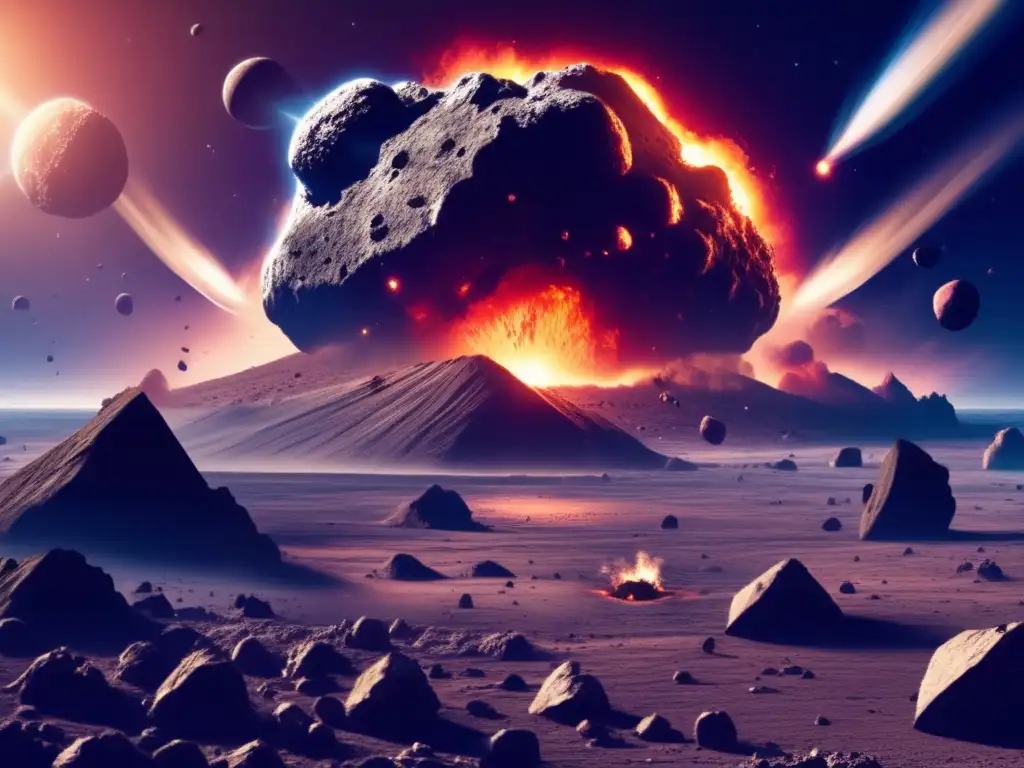
- NASA Planetary Defense
- Imperial College London Impact Database
- NASA Center for Near Earth Object Studies
 Rocking The Cradle: Asteroid Impacts And The Birth Of Civilizations
Rocking The Cradle: Asteroid Impacts And The Birth Of Civilizations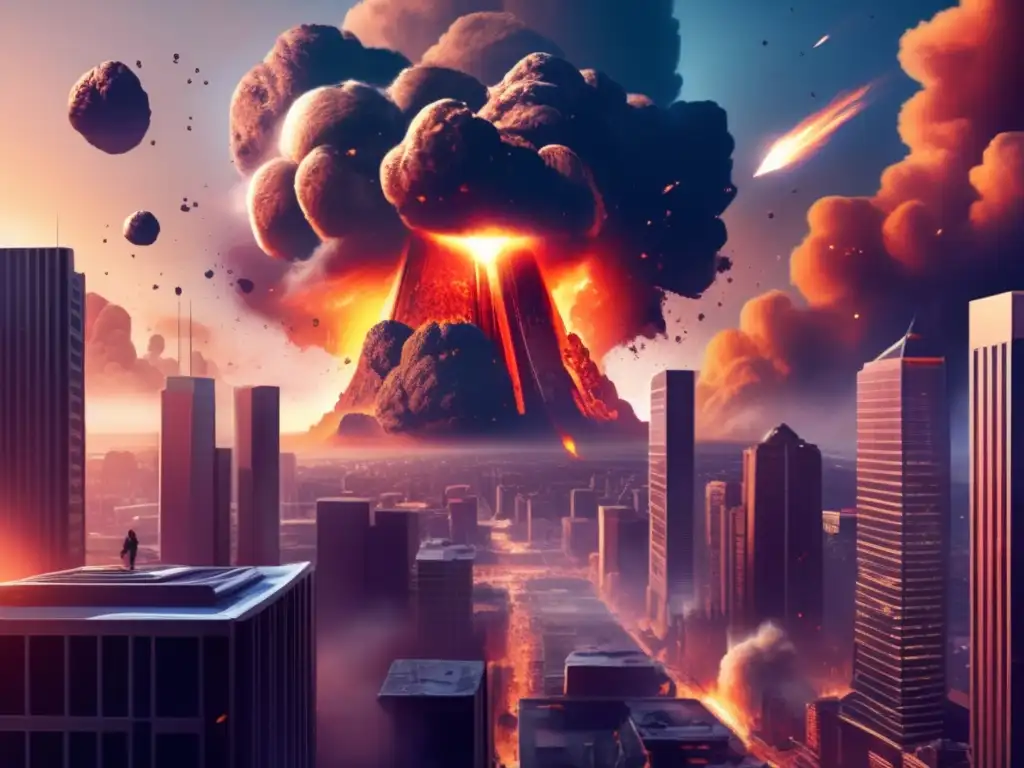 Star Struck: The Emotional Impact Of Asteroid Strikes
Star Struck: The Emotional Impact Of Asteroid Strikes Guarding The Galaxy: Planetary Defense Against Asteroid Impacts
Guarding The Galaxy: Planetary Defense Against Asteroid ImpactsIf you want to discover more articles similar to Debris And Destiny: How Asteroid Strikes Shape Planetary Futures, you can visit the Asteroid Impacts category.
Leave a Reply

Articulos relacionados: